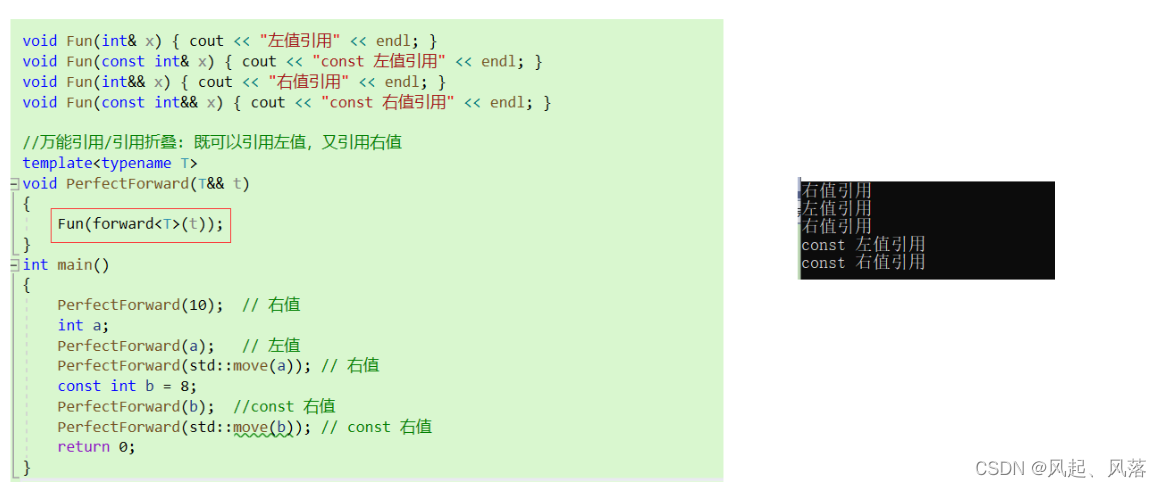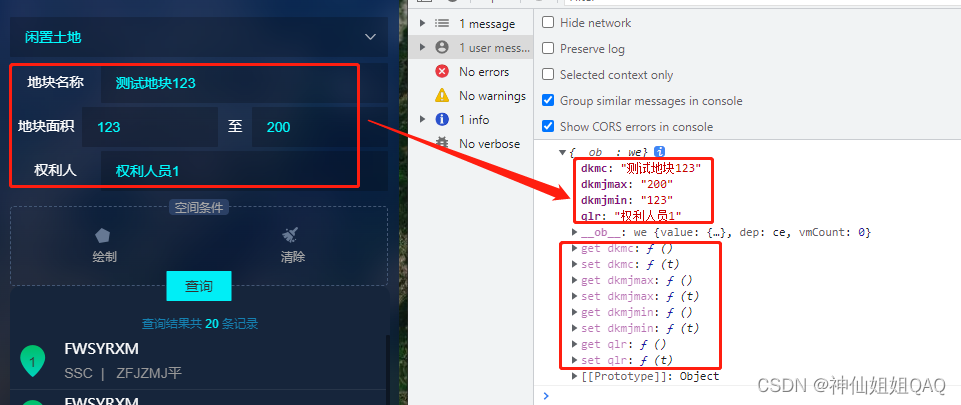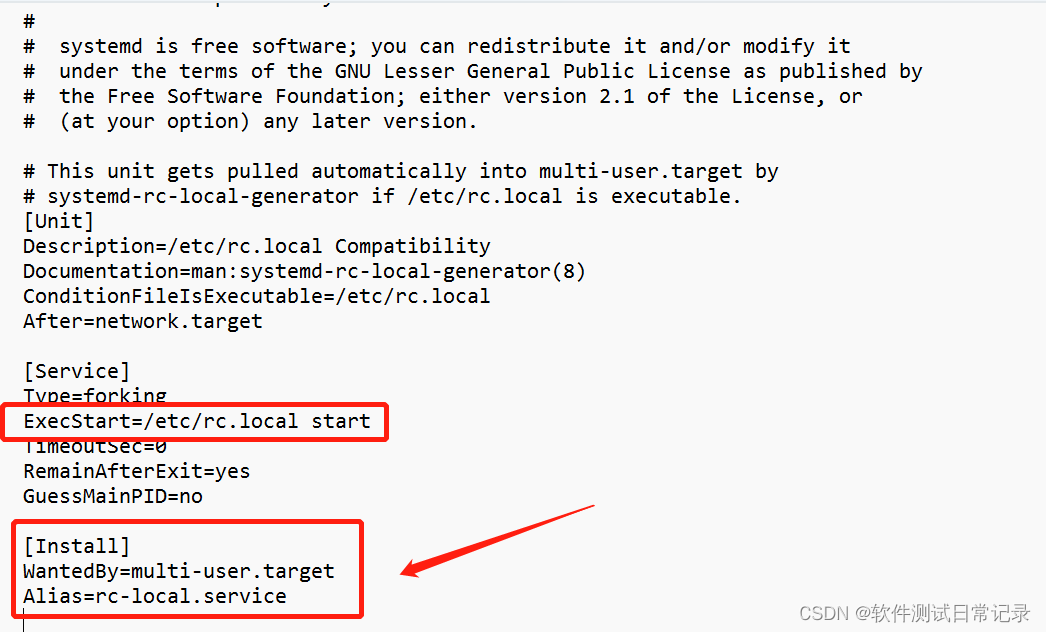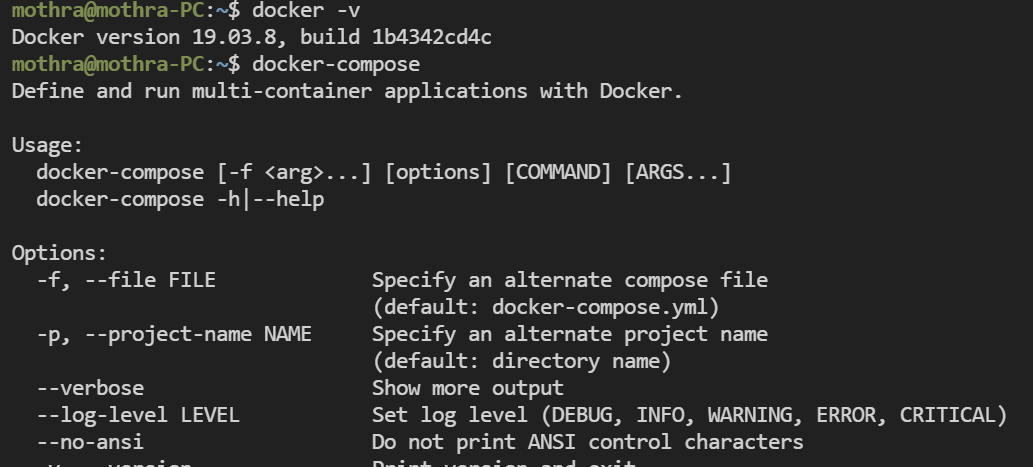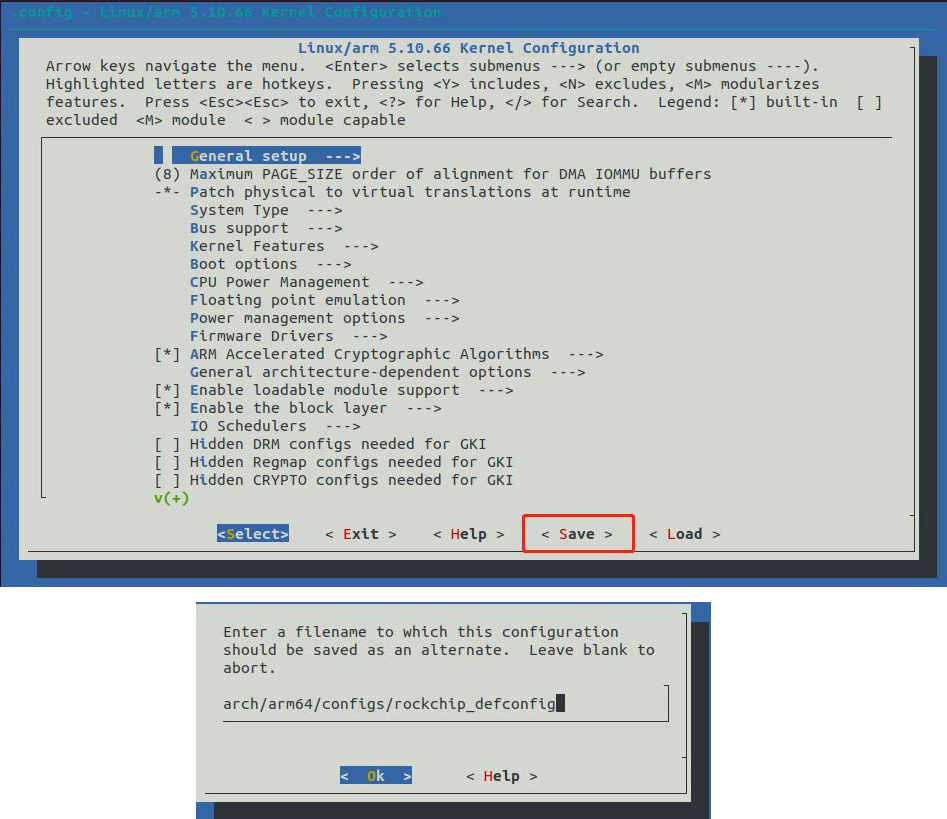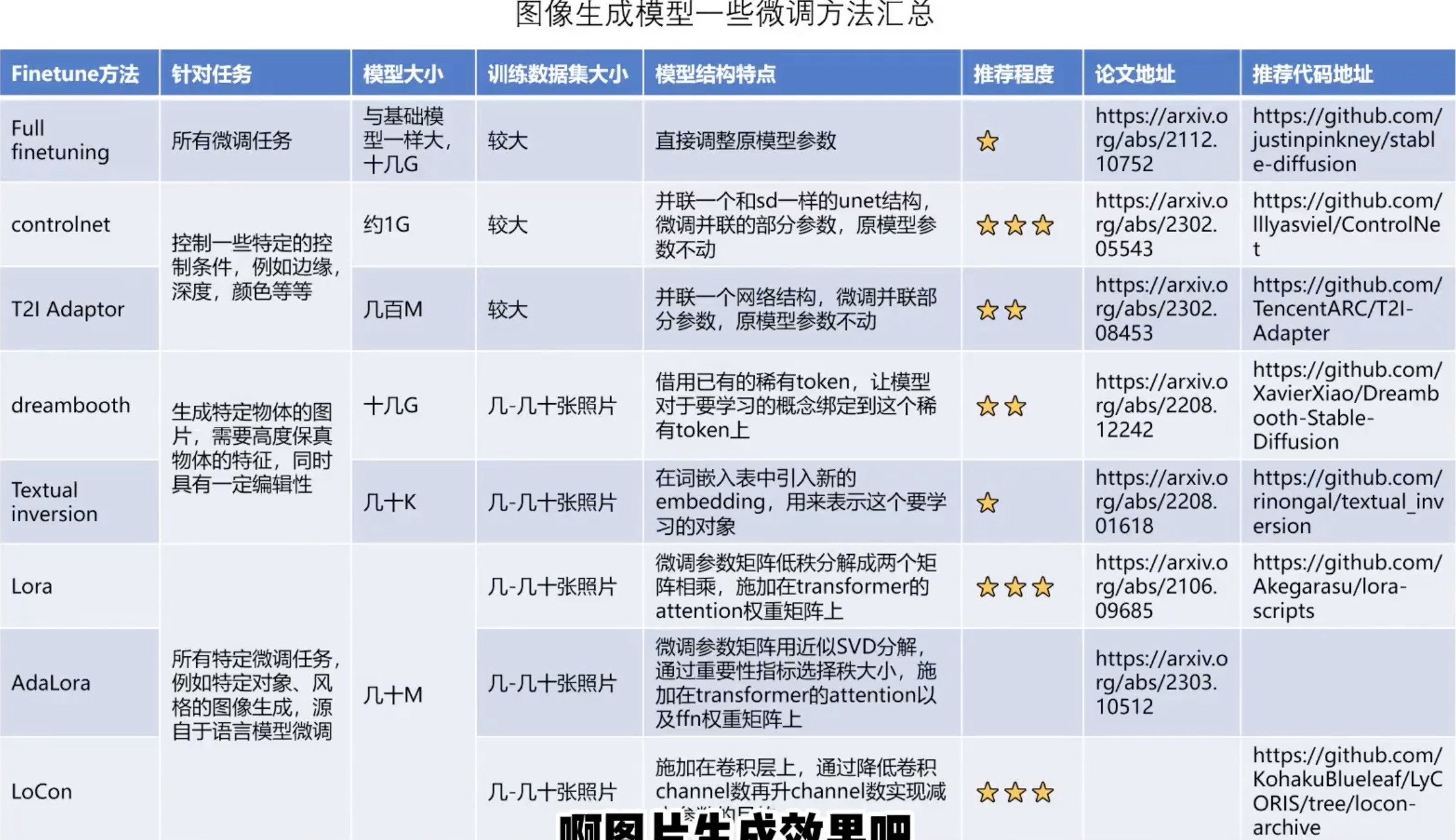卷积神经网络分类
import torch
import torch.nn as nn
import torchvision
import numpy as np
from torch.autograd import Variable
import matplotlib.pyplot as plt
import torch.nn.functional as F
import torch.utils.data as Data
from torchvision import datasets, models, transforms
device = torch.device("cuda" if torch.cuda.is_available() else "cpu")
transform = transforms.Compose([
transforms.ToTensor(),
transforms.Normalize((0.5, 0.5, 0.5), (0.5, 0.5, 0.5))])
trainset = torchvision.datasets.CIFAR10(root='./', train=True, download=False, transform=transform) #已下载用download=False,否则为True
trainloader = torch.utils.data.DataLoader(trainset, batch_size=4, shuffle=False, num_workers=4)
testset = torchvision.datasets.CIFAR10(root='./', train=False, download=True, transform=transform)
testloader = torch.utils.data.DataLoader(testset, batch_size=4, shuffle=True, num_workers=4)
classes = ('plane', 'car', 'bird', 'cat', 'deer', 'dog', 'frog', 'horse', 'ship', 'truck')
class Net(nn.Module):
def __init__(self):
super(Net, self).__init__()
self.conv1 = nn.Conv2d(3, 6, 5)
self.pool = nn.MaxPool2d(2, 2)
self.conv2 = nn.Conv2d(6, 16, 5)
self.fc1 = nn.Linear(16 * 5 * 5, 120)
self.fc2 = nn.Linear(120, 84)
self.fc3 = nn.Linear(84, 10)
def forward(self, x):
x = self.pool(F.relu(self.conv1(x)))
x = self.pool(F.relu(self.conv2(x)))
x = x.view(-1, 16 * 5 * 5)
x = F.relu(self.fc1(x))
x = F.relu(self.fc2(x))
x = self.fc3(x)
return x
net = Net()
criterion = nn.CrossEntropyLoss()
optimizer = torch.optim.SGD(net.parameters(), lr=0.001, momentum=0.9)
nums_epoch = 2
for epoch in range(nums_epoch):
_loss = 0.0
for i, (inputs, labels) in enumerate(trainloader, 0):
inputs, labels = inputs.to(device), labels.to(device)
optimizer.zero_grad()
outputs = net(inputs)
loss = criterion(outputs, labels)
loss.backward()
optimizer.step()
_loss += loss.item()
if i % 3000 == 2999:
print('[%d, %5d] 损失: %.3f' %
(epoch + 1, i + 1, _loss / 3000))
_loss = 0.0
print('训练结束')
def imshow(img):
img = img / 2 + 0.5
npimg = img.numpy()
plt.imshow(np.transpose(npimg, (1, 2, 0)))
plt.show()
dataiter = iter(testloader)
images, labels = next(dataiter)
imshow(torchvision.utils.make_grid(images))
print('图像真实分类: ', ' '.join(['%5s' % classes[labels[j]] for j in range(4)]))

图像真实分类: plane frog deer ship
outputs = net(images)
_, predicted = torch.max(outputs, 1)
print('图像预测分类: ', ' '.join(['%5s' % classes[predicted[j]] for j in range(4)]))
correct, total = 0, 0
with torch.no_grad():
for images, labels in testloader:
outputs = net(images)
_, predicted = torch.max(outputs, 1)
total += labels.size(0)
correct += (labels == predicted).sum().item()
print('测试集准确率: %d %%' % (100 * correct / total))
测试集准确率: 53 %
2. 搭建图像自动识别模型
import torch
import torchvision
import torch.utils.data as Data
import torch.nn as nn
import torch.nn.functional as F
train_data = torchvision.datasets.MNIST(
root = './',
train = True,
transform = torchvision.transforms.ToTensor(),
download = False)
test_data = torchvision.datasets.MNIST(
root='./',
train=False)
test_x = torch.unsqueeze(test_data.data, dim=1).type(torch.FloatTensor)/255
test_y = test_data.targets
class CNN(nn.Module):
def __init__(self):
super(CNN,self).__init__()
self.conv1 = nn.Sequential(
nn.Conv2d(
in_channels=1,
out_channels=16,
kernel_size=3,
stride=1,
padding=1
),
nn.ReLU(),
nn.MaxPool2d(kernel_size=2)
)
self.conv2 = nn.Sequential(
nn.Conv2d(
in_channels=16,
out_channels=32,
kernel_size=3,
stride=1,
padding=1
),
nn.ReLU(),
nn.MaxPool2d(kernel_size=2)
)
self.output = nn.Linear(32*7*7,10)
def forward(self, x):
out = self.conv1(x)
out = self.conv2(out)
out = out.view(out.size(0),-1)
out = self.output(out)
return out
cnn = CNN()
LR = 0.001
EPOCH = 3
BATCH_SIZE= 50
optimizer = torch.optim.Adam(cnn.parameters(),lr=LR,)
loss_func = nn.CrossEntropyLoss()
train_loader = Data.DataLoader(dataset=train_data,batch_size=BATCH_SIZE,shuffle=True)
test_data = torchvision.datasets.MNIST(root='./',train=False)
for epoch in range(EPOCH):
for step ,(b_x,b_y) in enumerate(train_loader):
output = cnn(b_x)
loss = loss_func(output,b_y)
optimizer.zero_grad()
loss.backward()
optimizer.step()
if step%50 ==0:
test_output = cnn(test_x)
pred_y = torch.max(test_output, 1)[1].data.numpy()
accuracy = float((pred_y == test_y.data.numpy()).astype(int).sum()) / float(test_y.size(0))
torch.save(cnn,'cnn_minist.pkl')
cnn = torch.load('cnn_minist.pkl')
test_output = cnn(test_x[:20])
pred_y = torch.max(test_output, 1)[1].data.numpy()
print('预测值', pred_y)
print('实际值', test_y[:20].numpy())
test_output1 = cnn(test_x)
pred_y1 = torch.max(test_output1, 1)[1].data.numpy()
accuracy = float((pred_y1 == test_y.data.numpy()).astype(int).sum()) / float(test_y.size(0))
print('准确率',accuracy)
预测值 [7 2 1 0 4 1 4 9 5 9 0 6 9 0 1 5 9 7 3 4]
实际值 [7 2 1 0 4 1 4 9 5 9 0 6 9 0 1 5 9 7 3 4]
准确率 0.9874
import torch
import torchvision
import torch.utils.data as Data
import torch.nn as nn
import torch.nn.functional as F
train_data = torchvision.datasets.MNIST(
root = './',
train = True,
transform = torchvision.transforms.ToTensor(),
download = False)
test_data = torchvision.datasets.MNIST(
root='./',
train=False)
test_x = torch.unsqueeze(test_data.data, dim=1).type(torch.FloatTensor)/255
test_y = test_data.targets
class CNN(nn.Module):
def __init__(self):
super(CNN,self).__init__()
self.conv1 = nn.Sequential(
nn.Conv2d(
in_channels=1,
out_channels=16,
kernel_size=3,
stride=1,
padding=1
),
nn.ReLU(),
nn.MaxPool2d(kernel_size=2)
)
self.conv2 = nn.Sequential(
nn.Conv2d(
in_channels=16,
out_channels=32,
kernel_size=3,
stride=1,
padding=1
),
nn.ReLU(),
nn.MaxPool2d(kernel_size=2)
)
self.output = nn.Linear(32*7*7,10)
def forward(self, x):
out = self.conv1(x)
out = self.conv2(out)
out = out.view(out.size(0),-1)
out = self.output(out)
return out
cnn = CNN()
optimizer = torch.optim.Adam(cnn.parameters(),lr=LR,)
loss_func = nn.CrossEntropyLoss()
for epoch in range(EPOCH):
for step ,(b_x,b_y) in enumerate(train_loader):
output = cnn(b_x)
loss = loss_func(output,b_y)
optimizer.zero_grad()
loss.backward()
optimizer.step()
if step%50 ==0:
test_output = cnn(test_x)
pred_y = torch.max(test_output, 1)[1].data.numpy()
accuracy = float((pred_y == test_y.data.numpy()).astype(int).sum()) / float(test_y.size(0))
torch.save(cnn,'cnn_minist.pkl')
cnn = torch.load('cnn_minist.pkl')
test_output = cnn(test_x[:20])
pred_y = torch.max(test_output, 1)[1].data.numpy()
print('预测值', pred_y)
print('实际值', test_y[:20].numpy())
test_output1 = cnn(test_x)
pred_y1 = torch.max(test_output1, 1)[1].data.numpy()
accuracy = float((pred_y1 == test_y.data.numpy()).astype(int).sum()) / float(test_y.size(0))
print('准确率',accuracy)
预测值 [7 2 1 0 4 1 4 9 5 9 0 6 9 0 1 5 9 7 3 4]
实际值 [7 2 1 0 4 1 4 9 5 9 0 6 9 0 1 5 9 7 3 4]
准确率 0.9856
3. 搭建图像自动分割模型
import os
import cv2
import numpy as np
import torch
from torch import nn
from torch.utils.data import Dataset
class MyDataset(Dataset):
def __init__(self, train_path, transform=None):
self.images = os.listdir(train_path + '/last')
self.labels = os.listdir(train_path + '/last_msk')
assert len(self.images) == len(self.labels), 'Number does not match'
self.transform = transform
self.images_and_labels = []
for i in range(len(self.images)):
self.images_and_labels.append((train_path + '/last/' + self.images[i], train_path + '/last_msk/' + self.labels[i]))
def __getitem__(self, item):
img_path, lab_path = self.images_and_labels[item]
img = cv2.imread(img_path)
img = cv2.resize(img, (224, 224))
lab = cv2.imread(lab_path, 0)
lab = cv2.resize(lab, (224, 224))
lab = lab / 255
lab = lab.astype('uint8')
lab = np.eye(2)[lab]
lab = np.array(list(map(lambda x: abs(x-1), lab))).astype('float32')
lab = lab.transpose(2, 0, 1)
if self.transform is not None:
img = self.transform(img)
return img, lab
def __len__(self):
return len(self.images)
if __name__ == '__main__':
img = cv2.imread('data/train/last_msk/50.jpg', 0)
img = cv2.resize(img, (16, 16))
img2 = img/255
img3 = img2.astype('uint8')
hot1 = np.eye(2)[img3]
hot2 = np.array(list(map(lambda x: abs(x-1), hot1)))
print(hot2.shape)
(16, 16, 2)
class Net(nn.Module):
def __init__(self):
super(Net, self).__init__()
self.encode1 = nn.Sequential(
nn.Conv2d(3, 64, kernel_size=3, stride=1, padding=1),
nn.BatchNorm2d(64),
nn.ReLU(True),
nn.MaxPool2d(2, 2)
)
self.encode2 = nn.Sequential(
nn.Conv2d(64, 128, kernel_size=3, stride=1, padding=1),
nn.BatchNorm2d(128),
nn.ReLU(True),
nn.MaxPool2d(2, 2)
)
self.encode3 = nn.Sequential(
nn.Conv2d(128, 256, kernel_size=3, stride=1, padding=1),
nn.BatchNorm2d(256),
nn.ReLU(True),
nn.Conv2d(256, 256, 3, 1, 1),
nn.BatchNorm2d(256),
nn.ReLU(True),
nn.MaxPool2d(2, 2)
)
self.encode4 = nn.Sequential(
nn.Conv2d(256, 512, kernel_size=3, stride=1, padding=1),
nn.BatchNorm2d(512),
nn.ReLU(True),
nn.Conv2d(512, 512, 3, 1, 1),
nn.BatchNorm2d(512),
nn.ReLU(True),
nn.MaxPool2d(2, 2)
)
self.encode5 = nn.Sequential(
nn.Conv2d(512, 512, kernel_size=3, stride=1, padding=1),
nn.BatchNorm2d(512),
nn.ReLU(True),
nn.Conv2d(512, 512, 3, 1, 1),
nn.BatchNorm2d(512),
nn.ReLU(True),
nn.MaxPool2d(2, 2)
)
self.decode1 = nn.Sequential(
nn.ConvTranspose2d(in_channels=512, out_channels=256, kernel_size=3,
stride=2, padding=1, output_padding=1),
nn.BatchNorm2d(256),
nn.ReLU(True)
)
self.decode2 = nn.Sequential(
nn.ConvTranspose2d(256, 128, 3, 2, 1, 1),
nn.BatchNorm2d(128),
nn.ReLU(True)
)
self.decode3 = nn.Sequential(
nn.ConvTranspose2d(128, 64, 3, 2, 1, 1),
nn.BatchNorm2d(64),
nn.ReLU(True)
)
self.decode4 = nn.Sequential(
nn.ConvTranspose2d(64, 32, 3, 2, 1, 1),
nn.BatchNorm2d(32),
nn.ReLU(True)
)
self.decode5 = nn.Sequential(
nn.ConvTranspose2d(32, 16, 3, 2, 1, 1),
nn.BatchNorm2d(16),
nn.ReLU(True)
)
self.classifier = nn.Conv2d(16, 2, kernel_size=1)
def forward(self, x):
out = self.encode1(x)
out = self.encode2(out)
out = self.encode3(out)
out = self.encode4(out)
out = self.encode5(out)
out = self.decode1(out)
out = self.decode2(out)
out = self.decode3(out)
out = self.decode4(out)
out = self.decode5(out)
out = self.classifier(out)
return out
if __name__ == '__main__':
img = torch.randn(2, 3, 224, 224)
net = Net()
sample = net(img)
print(sample.shape)
torch.Size([2, 2, 224, 224])
import os
import torch
import torch.nn as nn
import torch.optim as optim
import numpy as np
from torchvision import transforms
from torch.utils.data import DataLoader
batchsize = 8
epochs = 20
train_data_path = 'data/train'
transform = transforms.Compose([transforms.ToTensor(),transforms.Normalize(mean=[0.485, 0.456, 0.406], std=[0.229, 0.224, 0.225])])
bag = MyDataset(train_data_path, transform)
dataloader = DataLoader(bag, batch_size=batchsize, shuffle=True)
device = torch.device('cpu')
#device = torch.device('cuda')
net = Net().to(device)
criterion = nn.BCELoss()
optimizer = optim.SGD(net.parameters(), lr=1e-2, momentum=0.7)
if not os.path.exists('checkpoints'):
os.mkdir('checkpoints')
for epoch in range(1, epochs+1):
for batch_idx, (img, lab) in enumerate(dataloader):
img, lab = img.to(device), lab.to(device)
output = torch.sigmoid(net(img))
loss = criterion(output, lab)
output_np = output.cpu().data.numpy().copy()
output_np = np.argmin(output_np, axis=1)
y_np = lab.cpu().data.numpy().copy()
y_np = np.argmin(y_np, axis=1)
if batch_idx % 20 == 0:
print('Epoch:[{}/{}]\tStep:[{}/{}]\tLoss:{:.6f}'.format(
epoch, epochs, (batch_idx+1)*len(img), len(dataloader.dataset), loss.item()))
optimizer.zero_grad()
loss.backward()
optimizer.step()
if epoch % 10 == 0:
torch.save(net, './model/model_epoch_{}.pth'.format(epoch))
print('./model/model_epoch_{}.pth saved!'.format(epoch))
Epoch:[1/20] Step:[8/50] Loss:0.701965
Epoch:[2/20] Step:[8/50] Loss:0.698032
Epoch:[3/20] Step:[8/50] Loss:0.695077
Epoch:[4/20] Step:[8/50] Loss:0.669016
Epoch:[5/20] Step:[8/50] Loss:0.674715
Epoch:[6/20] Step:[8/50] Loss:0.668930
Epoch:[7/20] Step:[8/50] Loss:0.668005
Epoch:[8/20] Step:[8/50] Loss:0.643131
Epoch:[9/20] Step:[8/50] Loss:0.666685
Epoch:[10/20] Step:[8/50] Loss:0.643606
./model/model_epoch_10.pth saved!
Epoch:[11/20] Step:[8/50] Loss:0.640421
Epoch:[12/20] Step:[8/50] Loss:0.631368
Epoch:[13/20] Step:[8/50] Loss:0.612624
Epoch:[14/20] Step:[8/50] Loss:0.598883
Epoch:[15/20] Step:[8/50] Loss:0.596404
Epoch:[16/20] Step:[8/50] Loss:0.580273
Epoch:[17/20] Step:[8/50] Loss:0.605920
Epoch:[18/20] Step:[8/50] Loss:0.575018
Epoch:[19/20] Step:[8/50] Loss:0.560484
Epoch:[20/20] Step:[8/50] Loss:0.533663
./model/model_epoch_20.pth saved!
class TestDataset(Dataset):
def __init__(self, test_img_path, transform=None):
self.test_img = os.listdir(test_img_path)
self.transform = transform
self.images = []
for i in range(len(self.test_img)):
self.images.append(os.path.join(test_img_path, self.test_img[i]))
def __getitem__(self, item):
img_path = self.images[item]
img = cv2.imread(img_path)
img = cv2.resize(img, (224, 224))
if self.transform is not None:
img = self.transform(img)
return img
def __len__(self):
return len(self.test_img)
test_img_path = './data/test/last'
checkpoint_path = './model/model_epoch_20.pth'
save_dir = 'data/test/result'
if not os.path.exists(save_dir ):
os.mkdir(save_dir )
transform = transforms.Compose([transforms.ToTensor(),transforms.Normalize(mean=[0.485, 0.456, 0.406], std=[0.229, 0.224, 0.225])])
bag = TestDataset(test_img_path, transform)
dataloader = DataLoader(bag, batch_size=1, shuffle=None)
net = torch.load(checkpoint_path)
#net = net.cuda()
for idx, img in enumerate(dataloader):
# img = img.cuda()
output = torch.sigmoid(net(img))
output_np = output.cpu().data.numpy().copy()
output_np = np.argmin(output_np, axis=1)
img_arr = np.squeeze(output_np)
img_arr = img_arr*255
cv2.imwrite('%s/%03d.png'%(save_dir, idx), img_arr)
print('%s/%03d.png'%(save_dir, idx))
data/test/result/000.png
data/test/result/001.png
data/test/result/002.png
data/test/result/003.png
data/test/result/004.png
Do Pytorch Ch6

